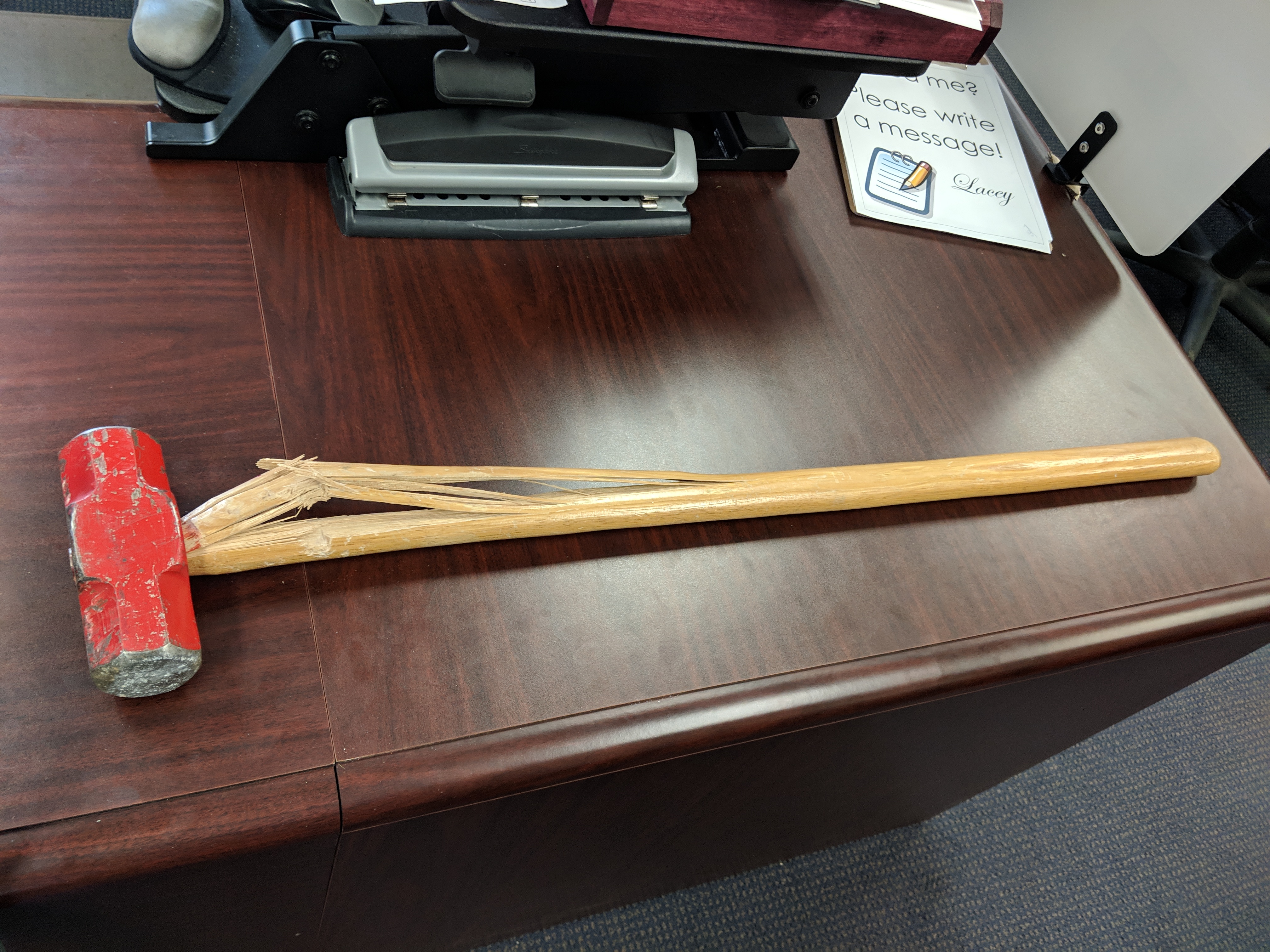 The Higgs – no, we haven’t found it yet. Physicists have long talked about it. We’ve been building and running machines for decades, trying to zero in on it. Back in the eighties, most physicists seemed to think it was a low-mass particle and looked for evidence of it at low-energy particle colliders. By the end of the decade and in the early nineties, it was clear from other measurements that the Higgs had to be heavy. The LEP experiments at CERN defined themselves in public by their quest for the Higgs, even though they had hundreds of important measurements that got much less press. Fermilab has been racing after the Higgs, especially since LEP ended its life with a tantalizing hint of a Higgs boson with a mass around 115 GeV – that’s about 120 times heavier than a proton.
The Higgs – no, we haven’t found it yet. Physicists have long talked about it. We’ve been building and running machines for decades, trying to zero in on it. Back in the eighties, most physicists seemed to think it was a low-mass particle and looked for evidence of it at low-energy particle colliders. By the end of the decade and in the early nineties, it was clear from other measurements that the Higgs had to be heavy. The LEP experiments at CERN defined themselves in public by their quest for the Higgs, even though they had hundreds of important measurements that got much less press. Fermilab has been racing after the Higgs, especially since LEP ended its life with a tantalizing hint of a Higgs boson with a mass around 115 GeV – that’s about 120 times heavier than a proton.
What is the Higgs? Well, let’s back up just a little. Nature is composed of two classes of objects: building blocks, and the forces that hold them together. Forces are transmitted between the building blocks in the form of particles, called “bosons”. The Higgs is a boson which creates mass as a by-product of its existence, appearing to slow down matter as it moves. Fire up a spark hot enough, and we think you can create lonely, naked Higgs boson in the lab. Doing so, and catching a glimpse of their existence, is a final and critical test of our understanding of nature.
The problem is that we’ve never seen it. The Higgs always seems just around the corner, tantalizingly out of reach. Like mirrors mounted on those corners, other measurements give us a hazy peek at the Higgs, but never enough to be conclusive that it really is around the corner. The CDF experiment at Fermilab has given us the most recent peek, suggesting that the Higgs is a little lighter than previously thought. That makes it accessible to the Tevatron at Fermilab, which is very exciting. The blue circle in the picture above indicates the “most favored” region of Higgs mass, somewhere down around 100 GeV.
Find the article here: “http://www.fnal.gov/pub/presspass/wp-content/uploads/LighterHiggs-images.html”:http://www.fnal.gov/pub/presspass/wp-content/uploads/LighterHiggs-images.html


